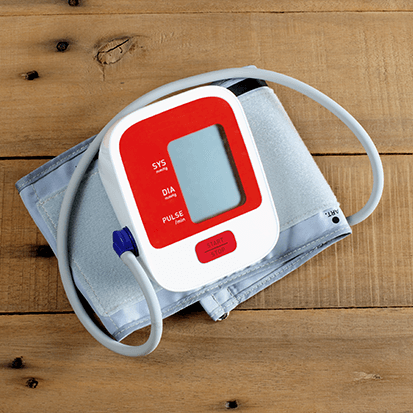All Categories
Featured
Table of Contents

Normal eye evaluations are necessary for maintaining great vision and finding prospective eye wellness problems early. Nonetheless, the frequency of these examinations can vary considerably based on an individual's age, lifestyle, and overall health and wellness. Recognizing the recommended timetable for eye examinations can aid ensure that people of all ages obtain appropriate care and monitoring for their eye health and wellness.
Infants and Toddlers (0-2 Years)
For young children and infants, eye exams are critical for spotting any type of possible vision troubles beforehand. The American Academy of Ophthalmology suggests that a youngster's initial eye exam need to happen at around 6 months of age. During this initial go to, the eye care professional will certainly evaluate the kid's visual growth and check for any obvious eye issues.Following this first exam, it is suggested that youngsters have an additional eye exam at age three. This go to will concentrate on analyzing the child's total aesthetic feature, consisting of eye positioning and the capacity to track things. If no problems are identified, the following examination must be scheduled before the kid begins college, typically around age five or 6.
School-Aged Children (6-18 Years)
As soon as kids reach college age, routine eye examinations must be arranged every one to two years. Vision is important for finding out and development, and lots of institutions carry out vision testings. These screenings do not change an extensive eye test by an eye treatment expert.For kids entailed in tasks or sporting activities calling for considerable aesthetic emphasis, yearly eye examinations might be recommended. Furthermore, if a youngster shows indications of vision problems-- such as problem reviewing, squinting, or frequent migraines-- a visit to the eye physician ought to be arranged as soon as possible.
Young Person (19-39 Years)
Youthful adults normally have fewer vision modifications than older age teams, however normal eye exams stay important. The basic referral is to schedule an eye examination every 2 years throughout this period. Individuals with certain danger factors-- such as a family members background of eye illness, diabetic issues, or those who use get in touch with lenses-- should think about annual eye examinations.Furthermore, those that spend significant time on digital devices may experience electronic eye stress. If signs such as dry skin, fatigue, or blurred vision occur, it may be smart to see an eye care expert sooner.
Adults (40-64 Years)
As people go into center age, the possibility of developing vision problems rises. Grownups aged 40 to 64 ought to set up eye tests each to two years. This age might start to experience presbyopia, a natural age-related condition that makes it challenging to concentrate on close objects. Eye exams can additionally aid detect various other typical age-related problems such as glaucoma, cataracts, and macular degeneration.If people in this age team have danger variables such as hypertension or diabetes, they may need even more regular evaluations to check their eye health and wellness carefully.
Seniors (65 Years and Older)
For senior citizens, normal eye exams end up being also much more crucial. The American Optometric Association recommends that people matured 65 and older have an eye exam at least when a year.Conclusion.
Comprehending the proper routine for eye tests based on age is crucial for preserving ideal eye health throughout life. By adhering to these standards and seeking advice from with an eye care professional, people can take positive actions towards protecting their vision and general health.Table of Contents
Latest Posts
Environmental Practices in Regional Car Repair Work Companies: Decreasing the Carbon Footprint
Published Nov 23, 24
0 min read
Upgrade Your Shower Space with Expert Remodeling Services
Published Nov 23, 24
2 min read
Essential Auto Upkeep Tips Every Driver Need To Know
Published Nov 23, 24
0 min read
More
Latest Posts
Environmental Practices in Regional Car Repair Work Companies: Decreasing the Carbon Footprint
Published Nov 23, 24
0 min read
Upgrade Your Shower Space with Expert Remodeling Services
Published Nov 23, 24
2 min read
Essential Auto Upkeep Tips Every Driver Need To Know
Published Nov 23, 24
0 min read